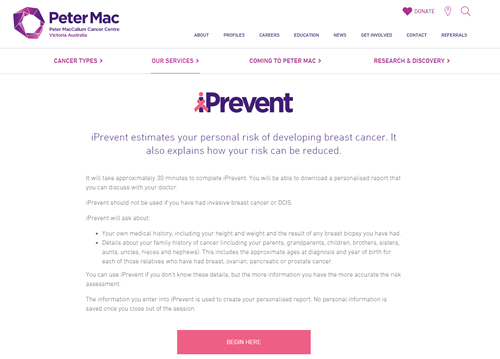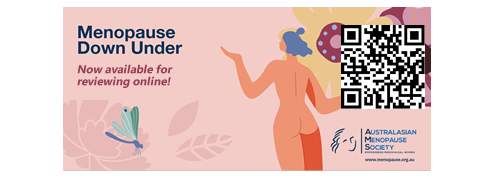Vitamin D is already well known for its benefits in building healthy bones. A new study supports the idea that it also may reduce cancer risk as well as breast cancer mortality, especially in women with a lower body mass index.
Breast cancer remains the most common cancer in women worldwide and is the leading cause of death from cancer in women. Reproductive risk factors such as early onset of puberty, late menopause, later age at first pregnancy, never having been pregnant, obesity, and a family history have all been shown to be associated with breast cancer development. The role of vitamin D concentration in the development of breast cancer, however, continues to be debated.
This study involving more than 600 Brazilian women suggests that vitamin D may reduce cancer risk by inhibiting cell proliferation. Study results appear in the article "Low pretreatment serum concentration of vitamin D at breast cancer diagnosis in postmenopausal women."
Researchers involved in the study concluded that postmenopausal women had an increased risk of vitamin D deficiency at the time of their breast cancer diagnoses, associated with higher rates of obesity, than women of the same age group without cancer. Similar studies also have previously demonstrated a relationship between vitamin D and breast cancer mortality. Women in the highest quartile of vitamin D concentrations, in fact, had a 50% lower death rate from breast cancer than those in the lower quartile, suggesting that vitamin D levels should be restored to a normal range in all women with breast cancer.
"Although published literature is inconsistent about the benefits of vitamin D levels and breast cancer, this study and others suggest that higher levels of vitamin D in the body are associated with lowered breast cancer risk," says Dr. JoAnn Pinkerton, executive director of NAMS. "Vitamin D may play a role in controlling breast cancer cells or stopping them from growing. Vitamin D comes from direct sunlight exposure, vitamin D3 supplements, or foods rich in vitamin D."





 A new web-based tool is available at
A new web-based tool is available at 
